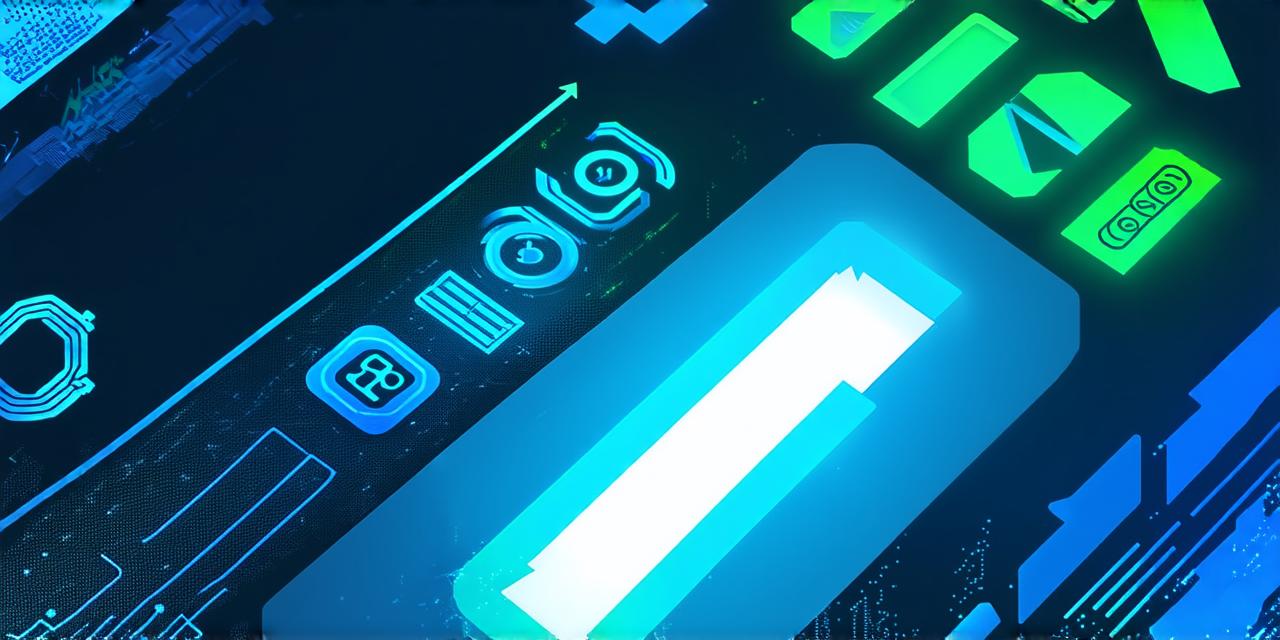What is Blockchain?
Blockchain is a distributed ledger technology that allows for secure storage and transfer of data without the need for intermediaries. It consists of a chain of blocks that contain information about transactions, which are verified and added to the blockchain in a decentralized manner. Once data is added to the blockchain, it cannot be altered or deleted, providing a high level of security and transparency.
How Blockchain Works in Payments
Blockchain technology has the potential to revolutionize the payment industry by streamlining transactions and reducing costs. The following are some ways blockchain can be used in payments:
- Smart Contracts: Smart contracts are self-executing agreements that are written into code and stored on the blockchain. They can be used to automate payment processes, ensuring that all parties involved in a transaction receive their due compensation. For example, a smart contract could be programmed to automatically release funds to a seller once a buyer has received and accepted their product.
- Decentralized Payment Systems: Blockchain technology can be used to create decentralized payment systems that are not controlled by any central authority. This allows for faster and more efficient transactions without the need for intermediaries such as banks or credit card companies. For example, Bitcoin is a decentralized cryptocurrency that operates on blockchain technology, allowing for peer-to-peer payments.
- Cross-Border Payments: Blockchain technology can be used to facilitate cross-border payments by eliminating the need for currency conversion and reducing transaction times. This is because blockchain allows for transactions to occur in real-time, regardless of the location of the parties involved. For example, Ripple is a blockchain-based payment protocol that enables fast, low-cost cross-border payments.
Benefits of Using Blockchain in Payments
Security: Blockchain technology is highly secure due to its decentralized and distributed nature. Once data is added to the blockchain, it cannot be altered or deleted, providing a high level of security for transactions.
Transparency: Blockchain technology provides transparency by allowing all parties involved in a transaction to view the same information. This eliminates the need for intermediaries such as banks or credit card companies, which can result in faster and more efficient transactions.
Cost Reduction: Blockchain technology can significantly reduce costs associated with payment processing, including transaction fees and foreign exchange costs. This is because it eliminates the need for intermediaries, which can result in lower processing times and reduced costs.
Faster Transactions: Blockchain technology allows for faster transactions by eliminating the need for intermediaries such as banks or credit card companies. This enables peer-to-peer payments to occur in real-time, regardless of the location of the parties involved.
Case Studies
The following are some real-life examples of how blockchain technology is being used in payments:
- Deloitte: Deloitte has partnered with Ripple to develop a payment solution that uses blockchain technology to facilitate cross-border payments. The solution, called Deloitte One, enables businesses to make fast and low-cost payments to suppliers and customers around the world.
- IBM: IBM has developed a blockchain-based payment system called Food Trust, which is being used by food companies to improve supply chain transparency and traceability. The system allows for secure sharing of data about food products, from farm to table, enabling businesses to quickly identify and address any issues that arise.
- Walmart: Walmart has partnered with IBM to develop a blockchain-based payment system called Walmart Food Traceability System. The system enables Walmart to track the origin and movement of food products, ensuring that they are safe for consumption.

FAQs
Q: What is blockchain technology?
A: Blockchain technology is a distributed ledger technology that allows for secure storage and transfer of data without the need for intermediaries. It consists of a chain of blocks that contain information about transactions, which are verified and added to the blockchain in a decentralized manner. Once data is added to the blockchain, it cannot be altered or deleted, providing a high level of security and transparency.
Q: How does blockchain work in payments?
A: Blockchain technology has the potential to revolutionize the payment industry by streamlining transactions and reducing costs. The following are some ways blockchain can be used in payments: smart contracts, decentralized payment systems, and cross-border payments.
Q: What are the benefits of using blockchain in payments?
A: The use of blockchain technology in payments offers several benefits, including security, transparency, cost reduction, and faster transactions.
Summary
Blockchain technology has the potential to transform the payment industry by providing a secure, transparent, and efficient way to process transactions. Its decentralized and distributed nature allows for faster, more efficient transactions without the need for intermediaries, making it an attractive option for businesses and individuals alike. As blockchain technology continues to evolve, we can expect to see even more innovative uses of this powerful tool in payments.
